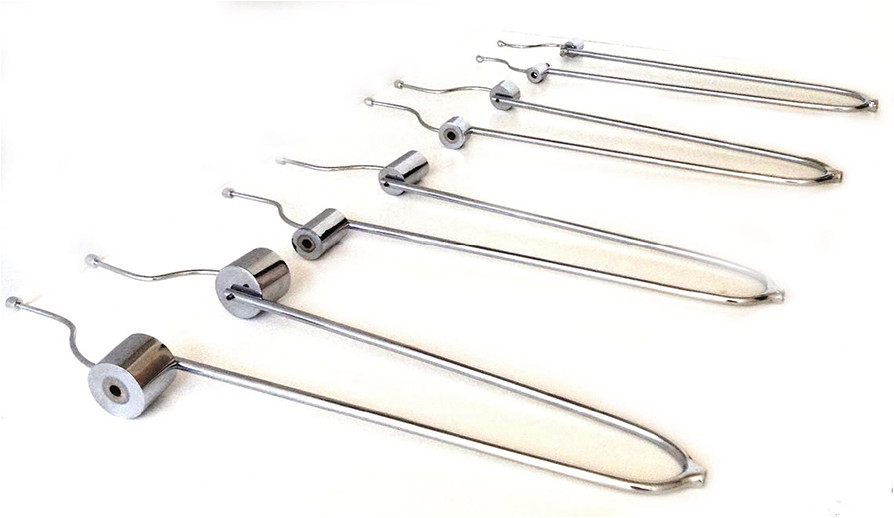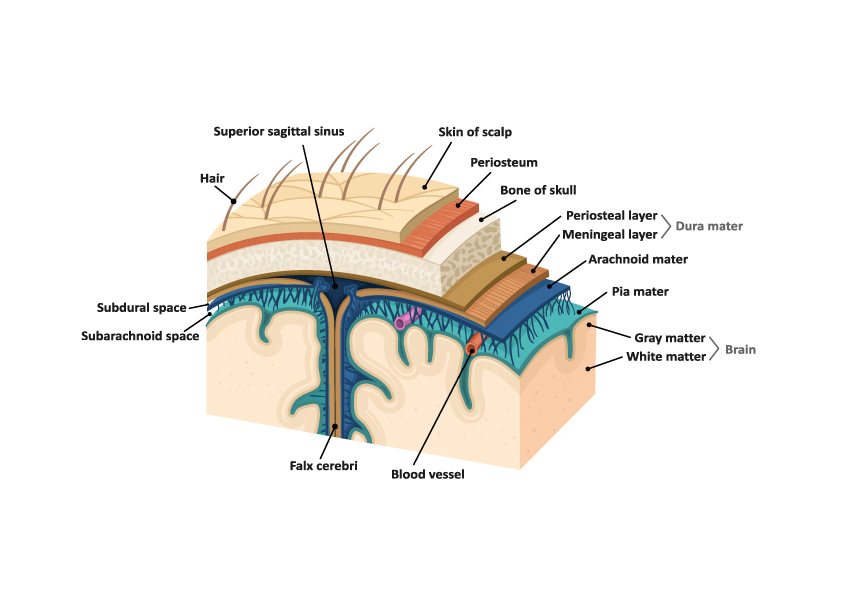
Here are some generic images illustrate the point: Its the pressure variation which travels away from the fork towards the listener. These generates local pressure variations which are what we call rarefactions and compressions. So the rapid movement compresses and "stretches" the nearby air volume. Once the prong starts vibrating at a fixed frequency, it moves rapidly towards and away from its nearby air molecules. In fact the prong would vibrate in pretty much the same way in vacuum too.

You are right in thinking that the second prong, the one not struck, is not set in motion by the interveining air. Infact you don't even need the second prong(buzz of fly wings for example). Your emphasis is on explaining compression and rarefaction-for this how the tuning fork reaches its equilibrium vibrational motion isn't important.

The exact mechanics of how the tuning fork vibrates is complicated*-however once set vibrating, the equilibrium motion is easy to understand-the to and fro movement of tuning fork prongs. I would really appreciate any diagrams to help my understanding too if possible however my ability in physics runs out after this thought! My second thought is that perhaps the vibrations are induced by the wave moving up and down the stem and not the air particles. So how do the tines end up moving together and apart (out of phase)? My assumption is that this would increase the pressure in-between the tines and move the second tine outwards but this would mean the tines are moving in phase. When the first tine is struck against an object (table) it would move towards the second tine. I understand the vibrational motion of the tines once the tuning fork has been struck however I'm confused with how it starts. My example of choice is to explain compression and rarefaction using a tuning fork example (seeing as this is a simple device that musicians will be familiar with). I'm currently writing a book on music theory and I'd like to include some background information on the physics of sound waves.


 0 kommentar(er)
0 kommentar(er)
